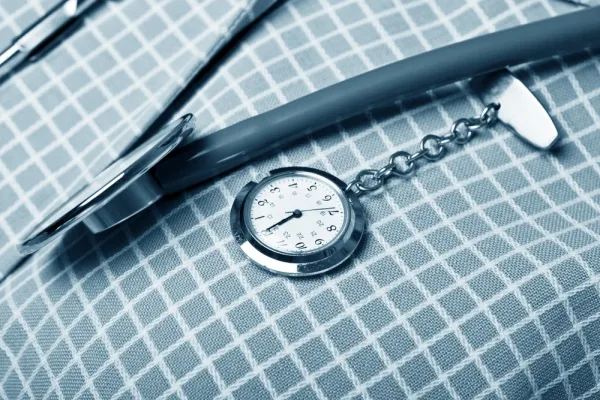Focus on Diagnoses to Make the Proper E/M Decision
A patient walks into the office for a scheduled procedure — but also presents a different problem that your general surgeon must evaluate and manage.
Don’t buckle under and lose pay your surgeon deserves when the encounter notes demonstrate two necessary, separate services. Instead, you can bulwark your claims by including spot-on diagnosis codes that catalog the patient’s separate issues.
Make Sure Documentation Shows Separate Services
Whenever a patient has a pair of unrelated problems that the provider treats, different diagnosis codes aren’t enough: The claim specifics must reflect the different maladies, confirms Jean Acevedo, LHRM, CPC, CHC, CENTC, president and senior consultant with Acevedo Consulting Incorporated in Delray Beach, Fla. You can often help prove the services were separate by appending different diagnosis codes to each service, when appropriate.
Consider this example, from Marcella Bucknam, CPC, CPC-I, CCS-P, CPC-H, CCS, CPC-P, COBGC, CCC, internal audit manager with PeaceHealth in Vancouver, Wash.
A patient presents for an appointment with complaints about his colostomy stoma. The physician documents a detailed history, expanded problem-focused exam, and low-complexity medical decision-making. The surgeon diagnoses stomal stenosis, and determines that the patient should return at a later date for a stomal revision procedure.
During the encounter, the patient mentions that he has a scaly lesion on his left shoulder. The physician performs a brief history and exam of the lesion, and decides to use cryotherapy to treat the lesion.
Coding: On the claim, you should report 17000 (Destruction [e.g., laser surgery, electrosurgery, cryosurgery, chemosurgery, surgical curettement], premalignant lesions [e.g., actinic keratosis]; first lesion) for the lesion removal.
You should also report 99213 (Office or other outpatient visit for the evaluation and management of an established patient, which requires at least 2 of these 3 key components: an expanded problem focused history; an expanded problem focused examination; medical decision making of low complexity…) for the E/M. You’ll need to append modifier 25 (Significant, separately identifiable evaluation and management service by the same physician or other qualified health care professional on the same day of the procedure or other service) to show that the lesion removal and E/M for the colostomy stoma were separate services.
ICD-10 coding: You should assign D23.61 (Other benign neoplasm of skin of right upper limb, including shoulder) to 17000 for the patient’s skin lesion.
You should also report K94.09 (Other complications of colostomy) for the diagnosis of colostomy stenosis.
The ‘25 test’: In order to ensure that you are indeed coding for two separate problems, separate the procedure from the E/M in the encounter notes, and then check if you can code for two services. “There should be unique documentation to support each service” in the notes, Acevedo explains.
Final word: Although separate diagnoses might help you see that your surgeon performed a procedure plus a distinct E/M service, different diagnoses aren’t required to bill a separate E/M. “For example, if the surgeon examined a specific lesion and determined that she should perform cryotherapy of that lesion, and then goes on to do an extended or comprehensive exam of the patient’s skin for other possible lesions, that would be a separately billable E/M with modifier 25,” Bucknam says




